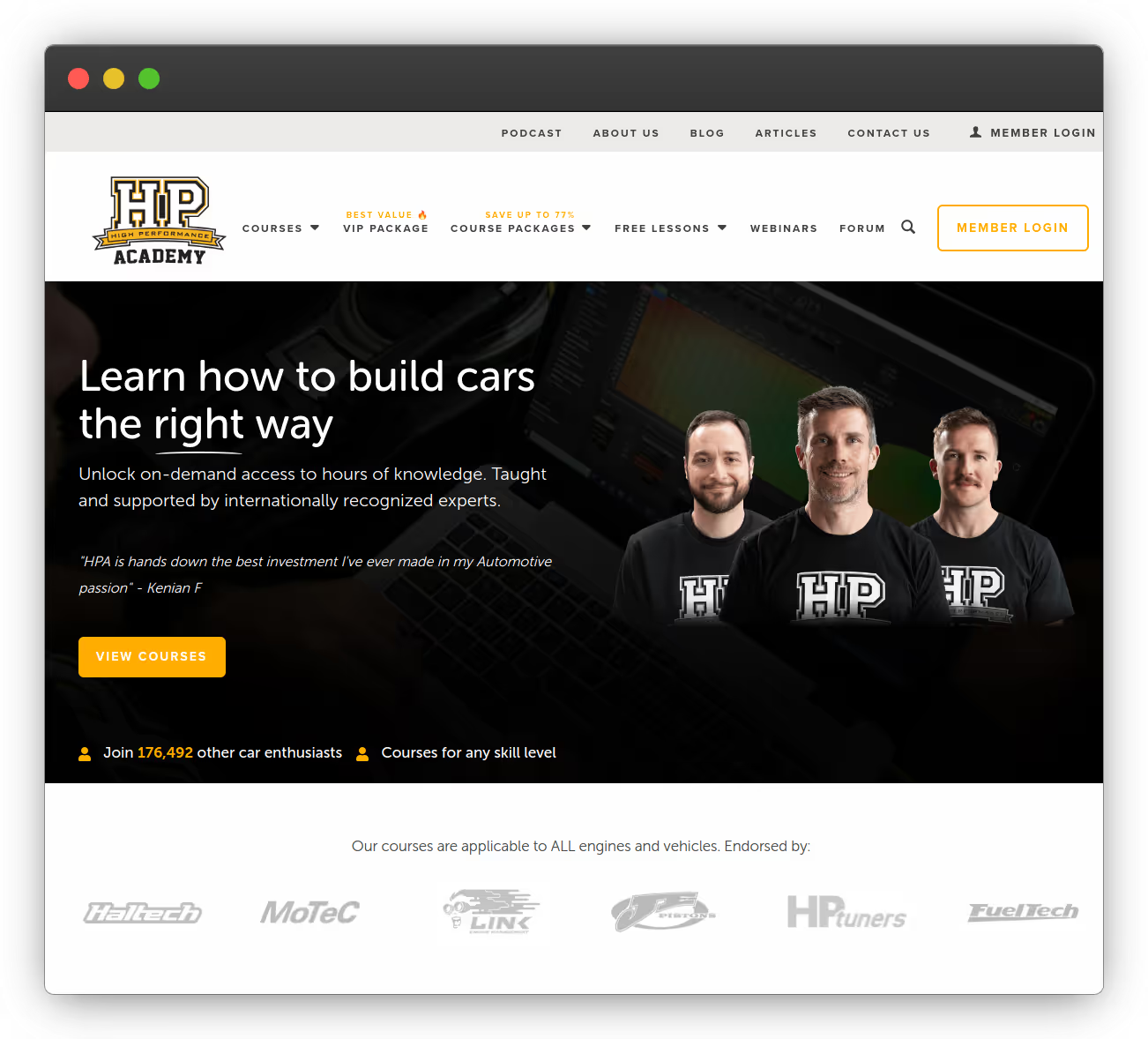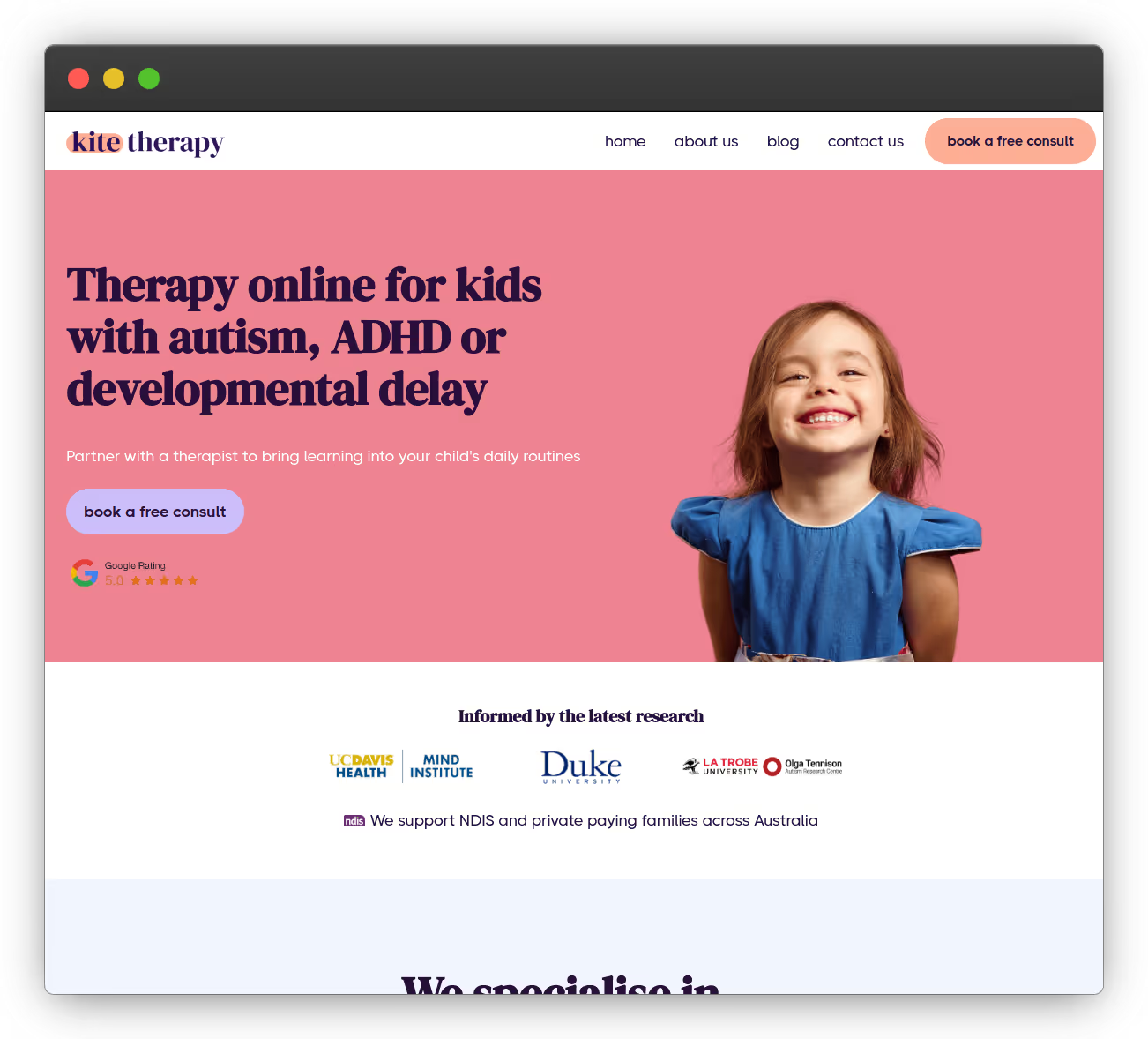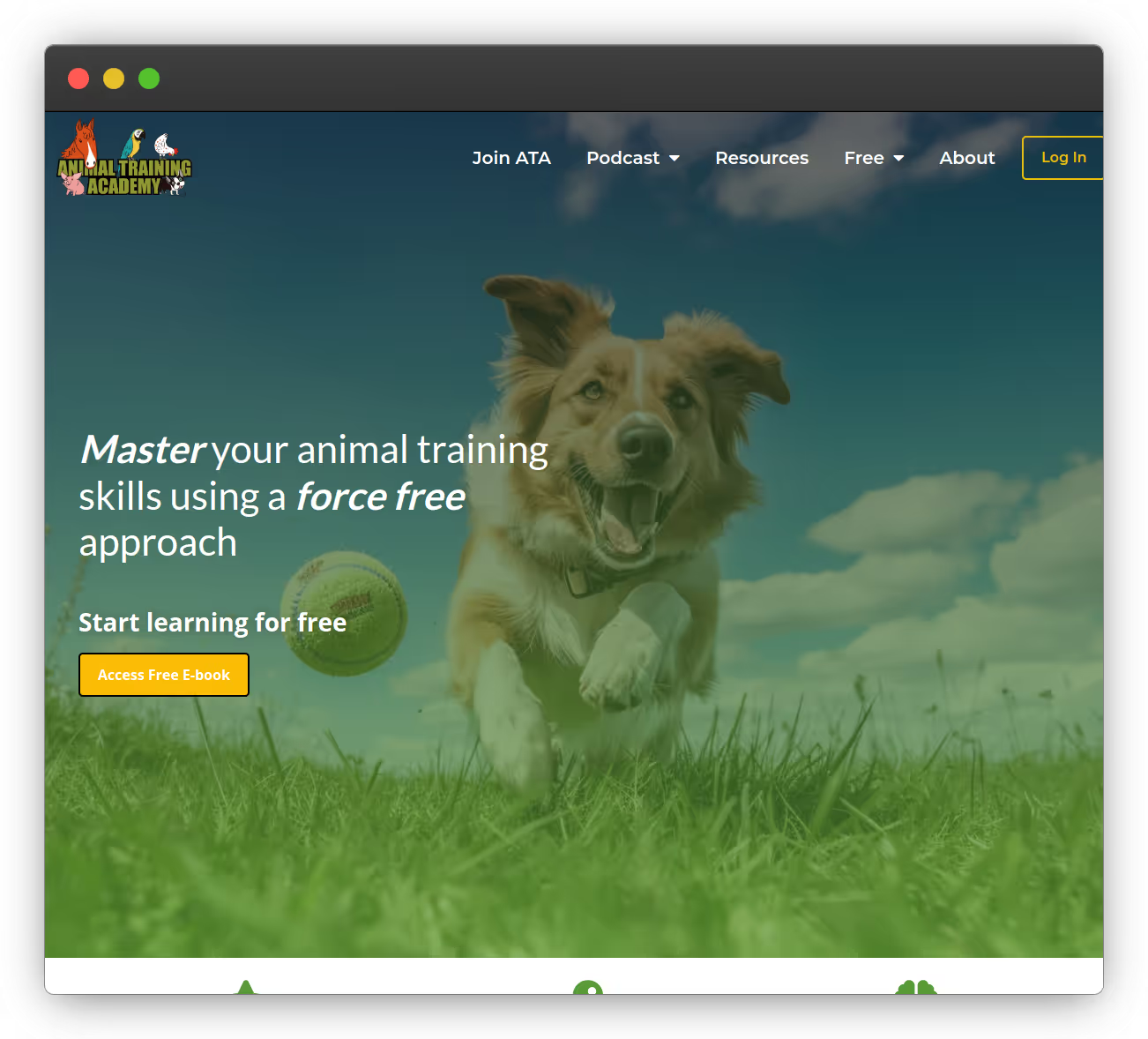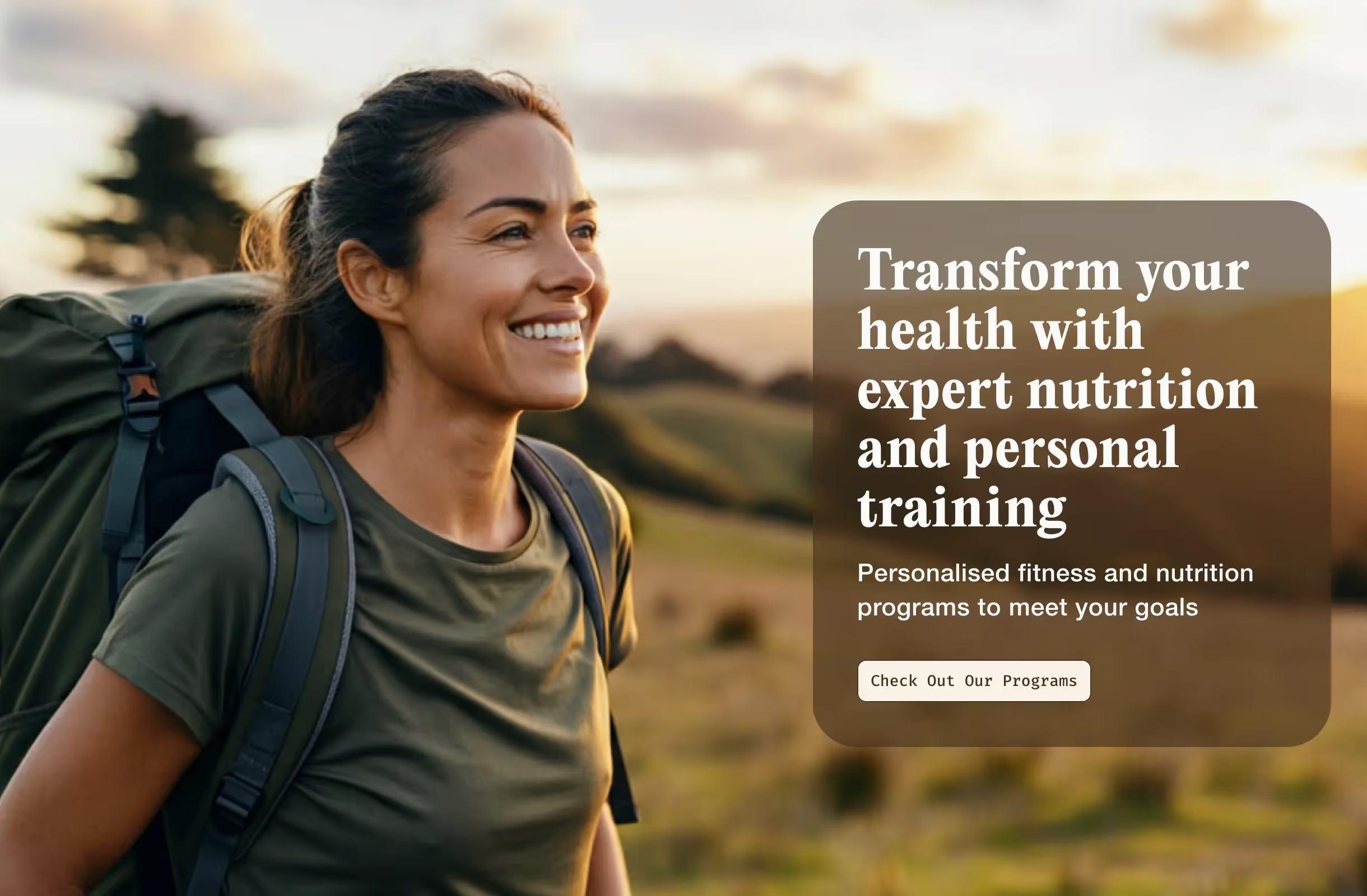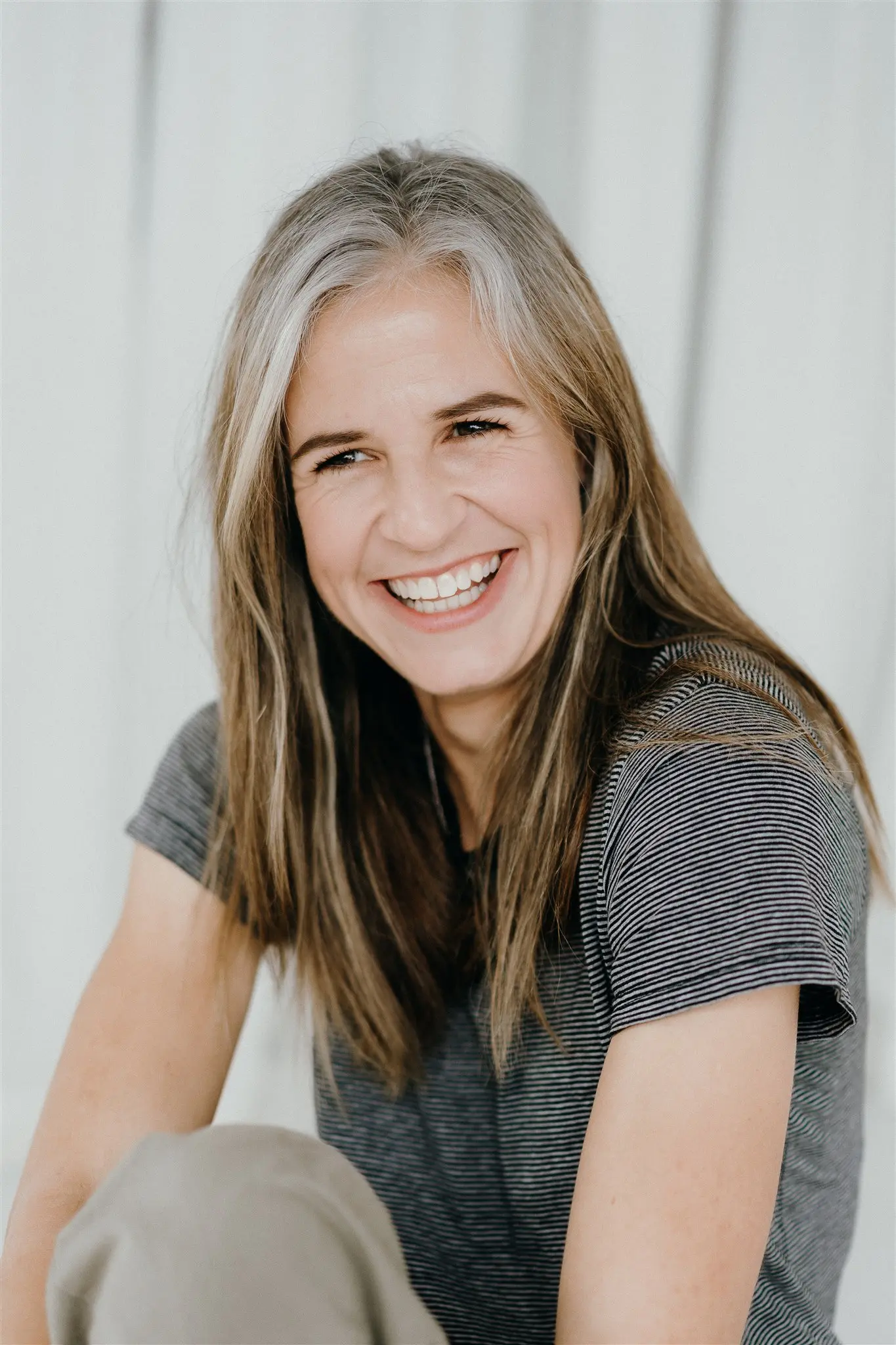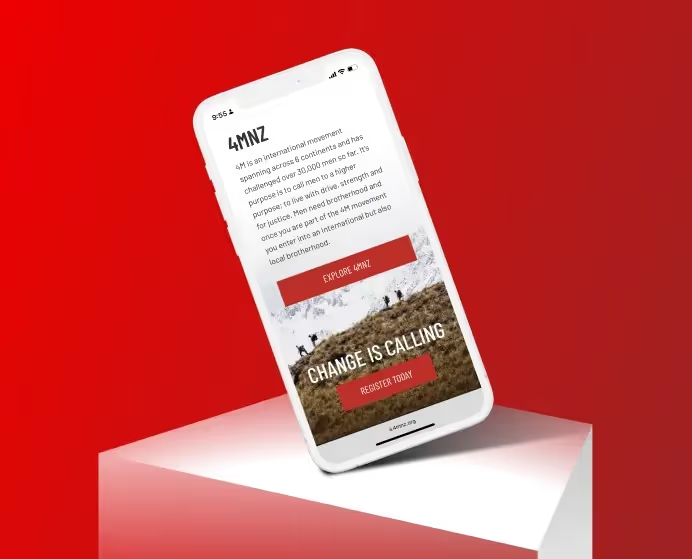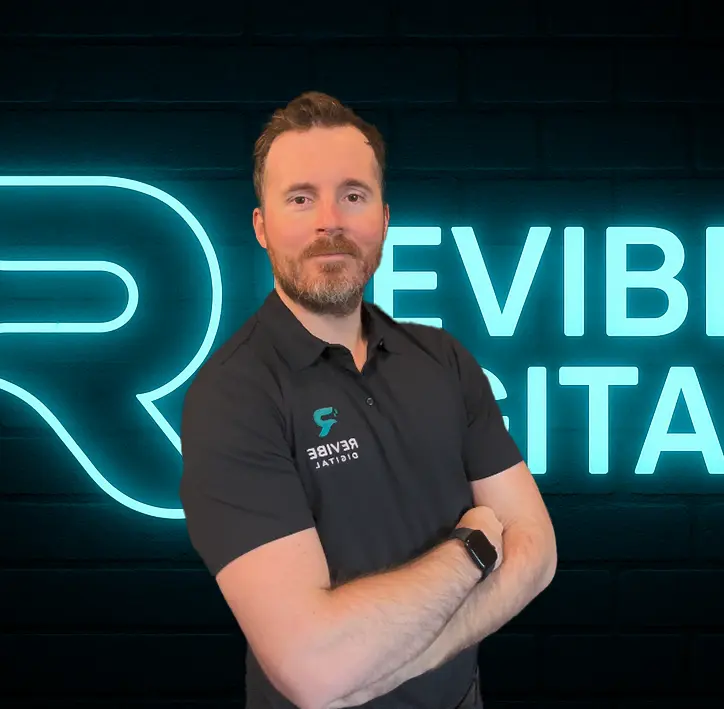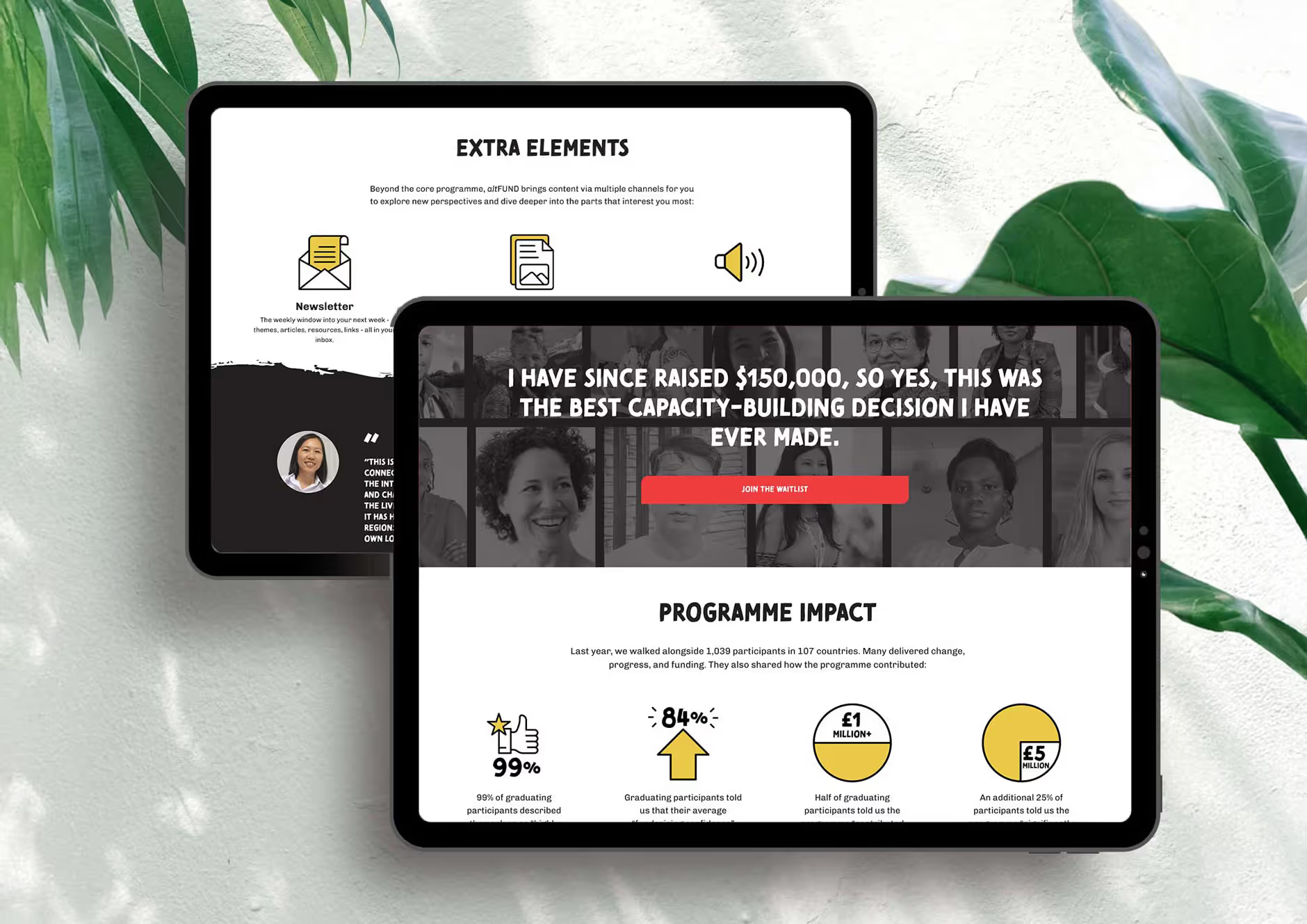Regenerative Tourism Website Redesign for Destination Queenstown

Regenerative Tourism for Destination Queenstown — Webflow Case Study Summary
Brief
The original Regenerative Tourism site lived as a microsite within queenstownnz.co.nz and was forced into a layout that didn’t suit its content or audience. The goal was to move it to its own domain (regenerativetourism.co.nz), make it fit for purpose, and turn dense, PDF‑heavy material into clear, on‑site content.
Approach
With many stakeholders involved, we began in Figma and designed a full, clickable prototype. This let us collect feedback quickly, align on decisions, and avoid expensive rework during build. We returned to first principles using Jobs‑to‑Be‑Done, mapping the core tasks for each key audience segment, then rebuilt the information architecture around those jobs to create simple, logical pathways.
A major challenge was the reliance on an external PDF that was difficult to read. We synthesized the essential material and surfaced it on the site in concise, scannable sections, linking deeper only where useful to avoid overwhelming readers.
Build
We developed the site in Webflow and structured the CMS so the Destination Queenstown team can easily manage:
- Projects
- Stories
- Progress updates
This keeps content fresh without developer involvement and preserves consistency across pages.
Outcome
- A standalone, purpose‑built site that reflects the program’s strategy and voice.
- Clear IA shaped by real user jobs, improving wayfinding for every audience.
- Dense PDF content distilled into readable web pages, reducing friction and bounce‑off to external files.
- An editor‑friendly CMS that enables the team to publish updates quickly and maintain momentum.
What changed
From a constrained, shoehorned microsite to a focused platform on its own domain that is easy to navigate, easy to update, and designed around what users actually come to do.





